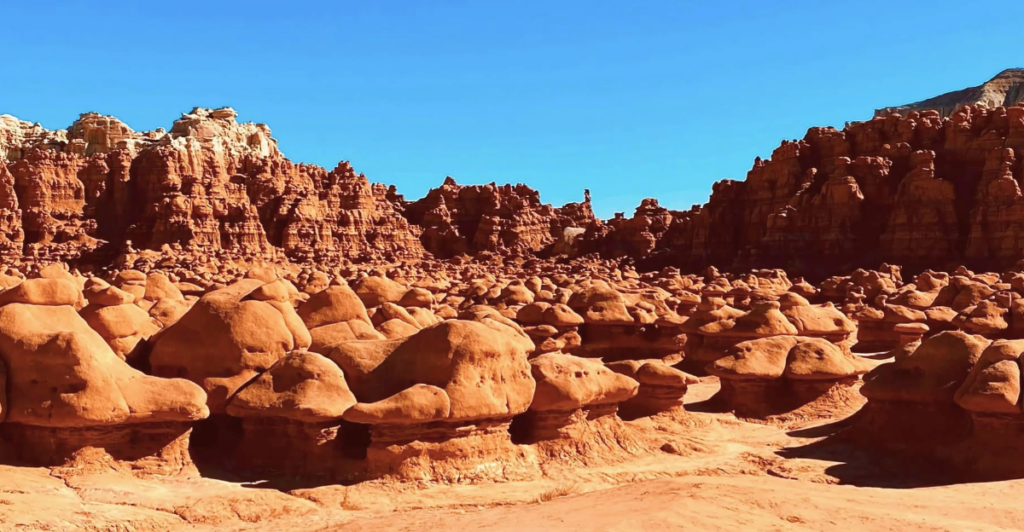
On July 9, 1958, a massive earthquake struck Lituya Bay, Alaska, triggering the most significant recorded tsunami in history. This wave, reaching an astonishing 1,720 feet (524 meters), swept through the bay, uprooting trees and reshaping the landscape. The tsunami was caused by a landslide triggered by the earthquake, displacing massive water. Although Lituya Bay was sparsely populated, the event remains a powerful reminder of nature’s immense force.
The Earthquake That Shook Alaska
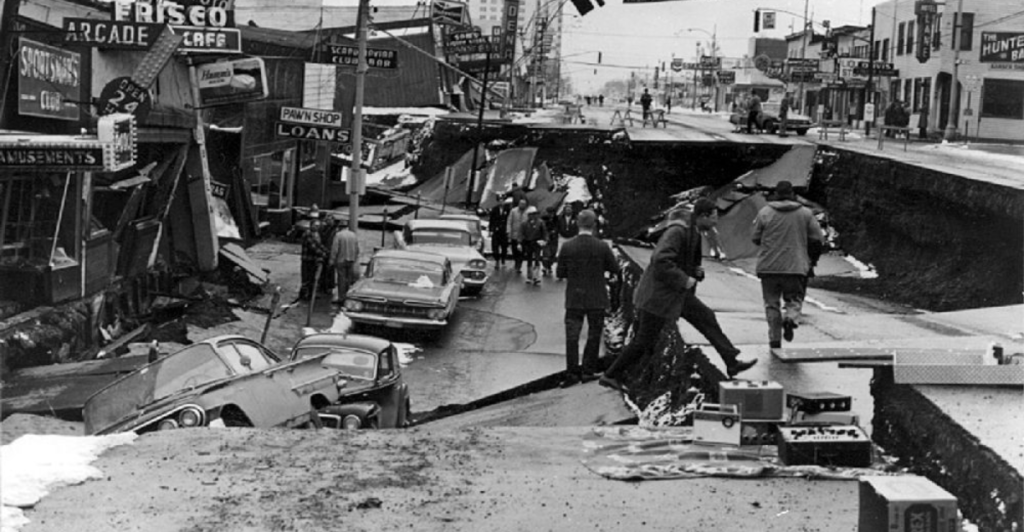
A powerful 7.8-magnitude earthquake along the Fairweather Fault triggered the tsunami. The quake’s epicenter was near Lituya Bay, where the sudden movement of tectonic plates caused a violent shift in the earth’s crust. The ground shook for several minutes, causing rockslides and landslides. In coastal areas, residents reported feeling the tremors, unaware that a much more catastrophic event would unfold in the secluded Alaskan fjord.
A Landslide of Massive Proportions
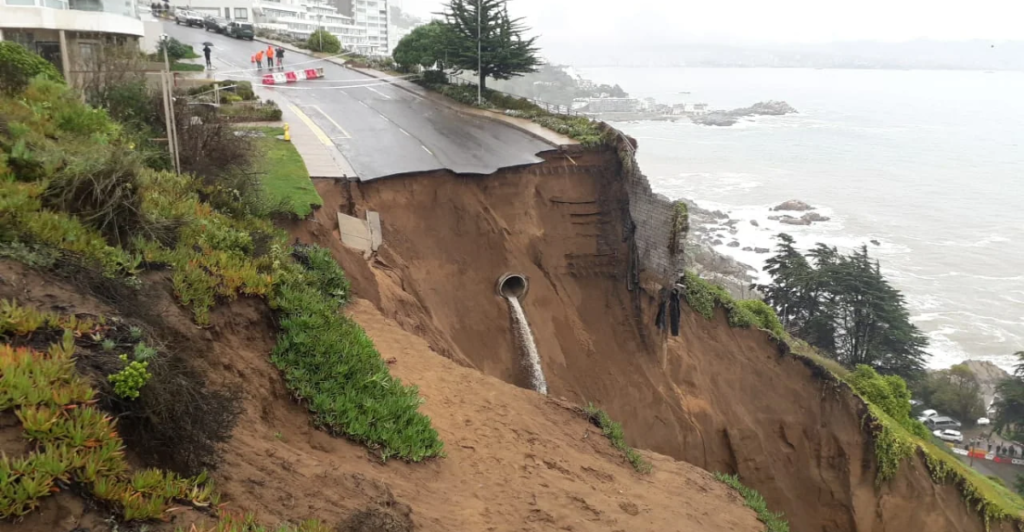
The earthquake caused a massive rockslide on a steep mountainside above Lituya Bay. Around 90 million tons of rock plunged into the water at incredible speeds. The impact displaced an enormous volume of water, generating a towering wave. Scientists believe the force of the effect was similar to an asteroid striking the ocean. The sheer power of the landslide played a crucial role in making this tsunami the largest ever recorded.
A Wave Unlike Any Other
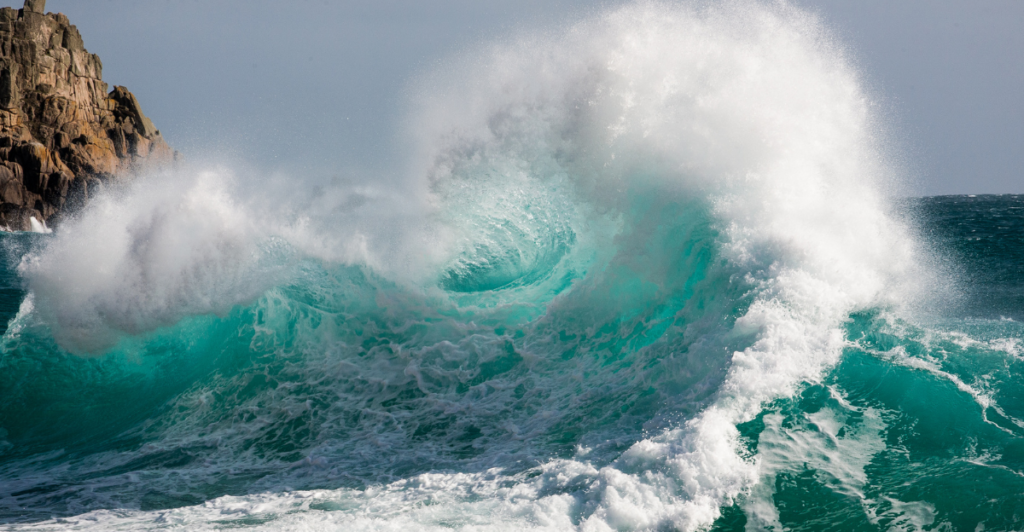
As the rock plunged into Lituya Bay, the water surged upward, forming a wave taller than the Empire State Building. The wave rushed through the bay at terrifying speeds, stripping vegetation, snapping trees, and altering the coastline. The tsunami destroyed everything in its path, leaving behind a barren landscape. Though it quickly lost height as it moved outward, the initial impact was powerful enough to remain unmatched in recorded history.
Eyewitness Accounts of Survival
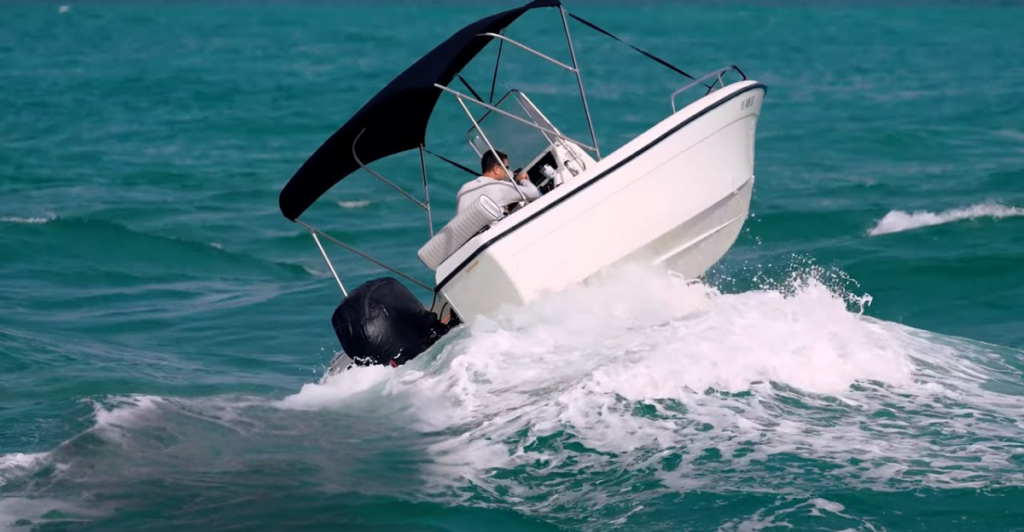
Several boats were in Lituya Bay when the tsunami struck. Howard Ulrich and his 7-year-old son, fishing in the bay, miraculously survived as their boat rode the massive wave. Another fisherman, Bill Swanson, described the horrifying sight of water rising above the trees before surging toward him. Their survival stories gave scientists crucial firsthand accounts of the event and how such an enormous wave behaved in real time.
The Aftermath and Devastation
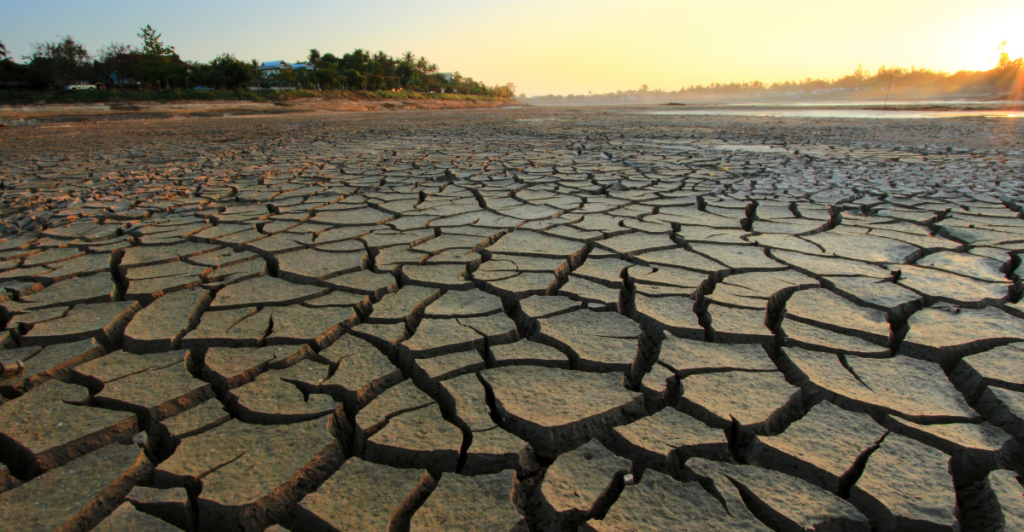
Despite its incredible size, the tsunami’s impact was limited due to Lituya Bay’s remote location. However, the destruction was undeniable—millions of trees were uprooted, shorelines were reshaped, and wildlife was displaced. The damage extended far beyond what most tsunamis leave behind. Though only five people lost their lives, the sheer power of the wave demonstrated how nature can reshape landscapes in just a matter of minutes.
Understanding Mega-Tsunamis
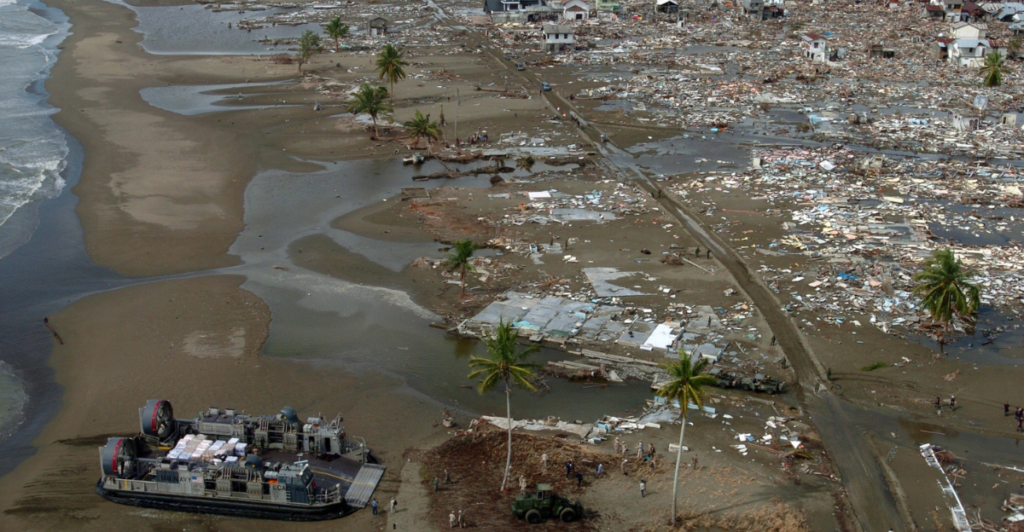
The Lituya Bay event is classified as a “mega-tsunami,” a rare and extreme type of tsunami caused by massive landslides rather than underwater earthquakes. Unlike typical tsunamis, which spread destruction over vast coastal regions, mega-tsunamis form towering waves that strike a concentrated area with immense force. Scientists study Lituya Bay to understand better these phenomena and the conditions that could trigger similar catastrophic waves in other parts of the world.
The Science Behind the Height
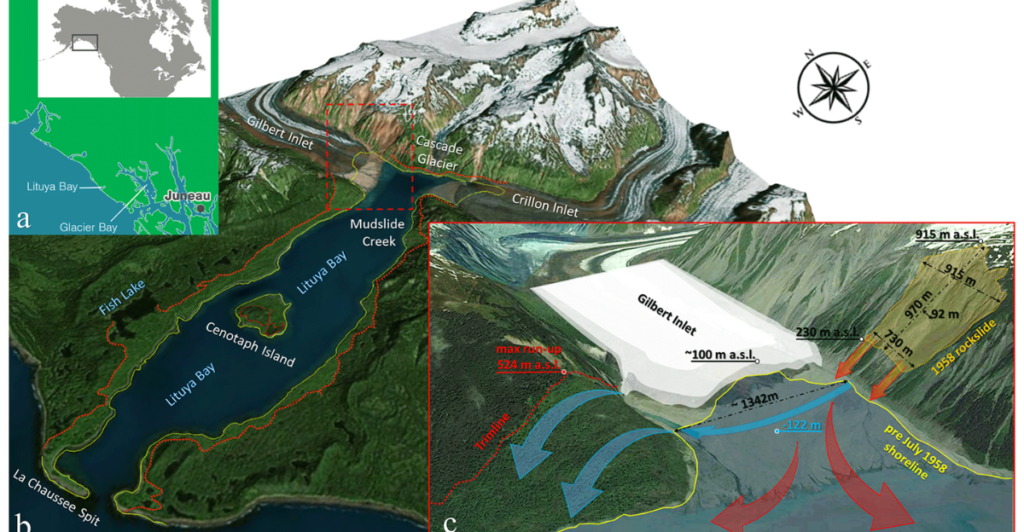
Why did this tsunami reach such an extreme height? The steep, narrow geography of Lituya Bay played a key role. When the landslide hit, the water had nowhere to disperse, forcing it to surge upward instead of outward. The resulting wave traveled up the mountainsides, scarring the landscape and demonstrating how local geography can amplify the effects of natural disasters in fascinating and terrifying ways.
Comparing Lituya Bay to Other Tsunamis
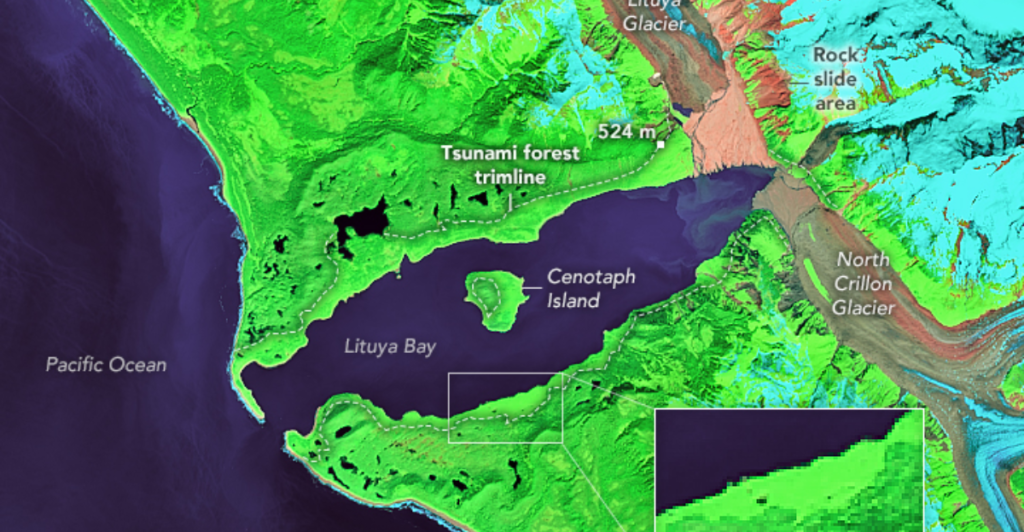
While the Lituya Bay tsunami holds the record for the tallest wave, it was not the deadliest. The 2004 Indian Ocean tsunami killed over 230,000 people, and the 2011 Japan tsunami caused massive destruction and nuclear disaster. The key difference is population density—Lituya Bay was remote, while these other events struck heavily populated coastal regions. This distinction shows that size isn’t always the most critical factor in a tsunami’s impact.
Could It Happen Again?
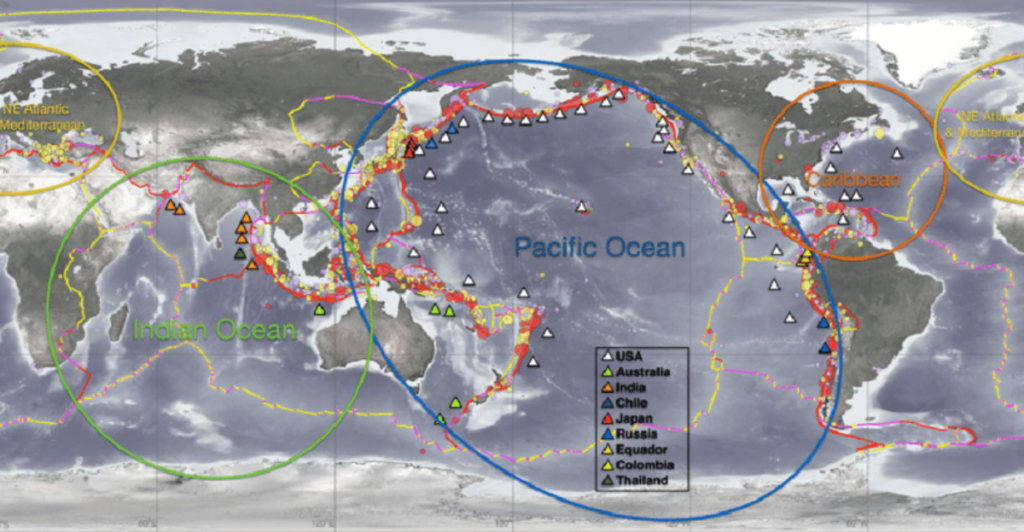
Scientists believe similar events could occur, especially in steep, fjord-like landscapes prone to landslides. Alaska, Greenland, and Norway have potential sites where mega-tsunamis could develop. Researchers monitor these areas for signs of instability, using seismic data and satellite imaging to track changes in the terrain. While predicting exact events is difficult, understanding the conditions that led to Lituya Bay’s tsunami helps improve disaster preparedness.
Lessons Learned from Lituya Bay

The 1958 tsunami taught scientists valuable lessons about wave dynamics, landslides, and mega-tsunamis effects. It also highlighted the importance of studying remote areas, where nature can unleash extreme forces without warning. While rare, such events demonstrate that even isolated regions can experience catastrophic changes. Today, researchers use data from Lituya Bay to refine tsunami models and improve early warning systems for vulnerable coastal communities worldwide.
The Ongoing Study of Extreme Waves
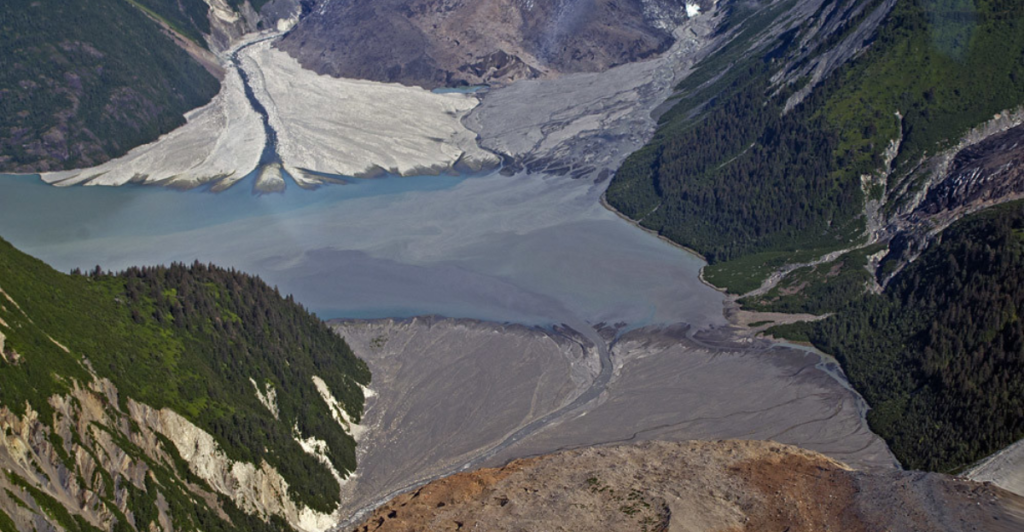
The Lituya Bay event continues to be a case study for scientists analyzing extreme waves and geological hazards. Advanced computer modeling and field research help experts understand how similar disasters might unfold elsewhere. In an era of climate change and shifting landscapes, ongoing studies of past tsunamis provide valuable insights into how to protect coastal communities from future threats, making Lituya Bay a crucial part of geological history.
Remembering Nature’s Power
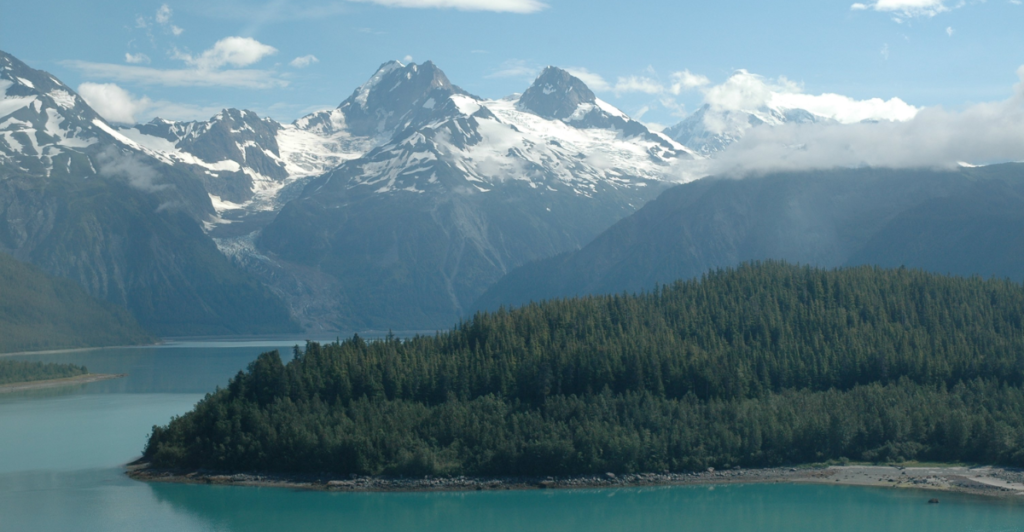
The Lituya Bay tsunami remains a testament to nature’s raw power. Although it struck a remote area, it reshaped scientific understanding of mega-tsunamis and their potential dangers. As technology advances, scientists continue to study these events to prevent future disasters. While nature’s forces can be unpredictable, knowledge and preparedness can help mitigate risks. Lituya Bay is a reminder of our planet’s immense and humbling power.
Discover more of our trending stories and follow us to keep them appearing in your feed

Bobcats Are Making a Comeback—And They Might Be Protecting Us From Disease
Wolves Still Roam In These States in 2024—Is Yours On The List?
The War on Cows Is Over—And Green Extremists Have Lost
“There Will Be Eruptions”: Concerns Mount as Yellowstone Supervolcano Activity Shifts
This article first appeared here
Stay connected with us for more stories like this! Follow us to get the latest updates or hit the Follow button at the top of this article, and let us know what you think by leaving your feedback below. We’d love to hear from you!







